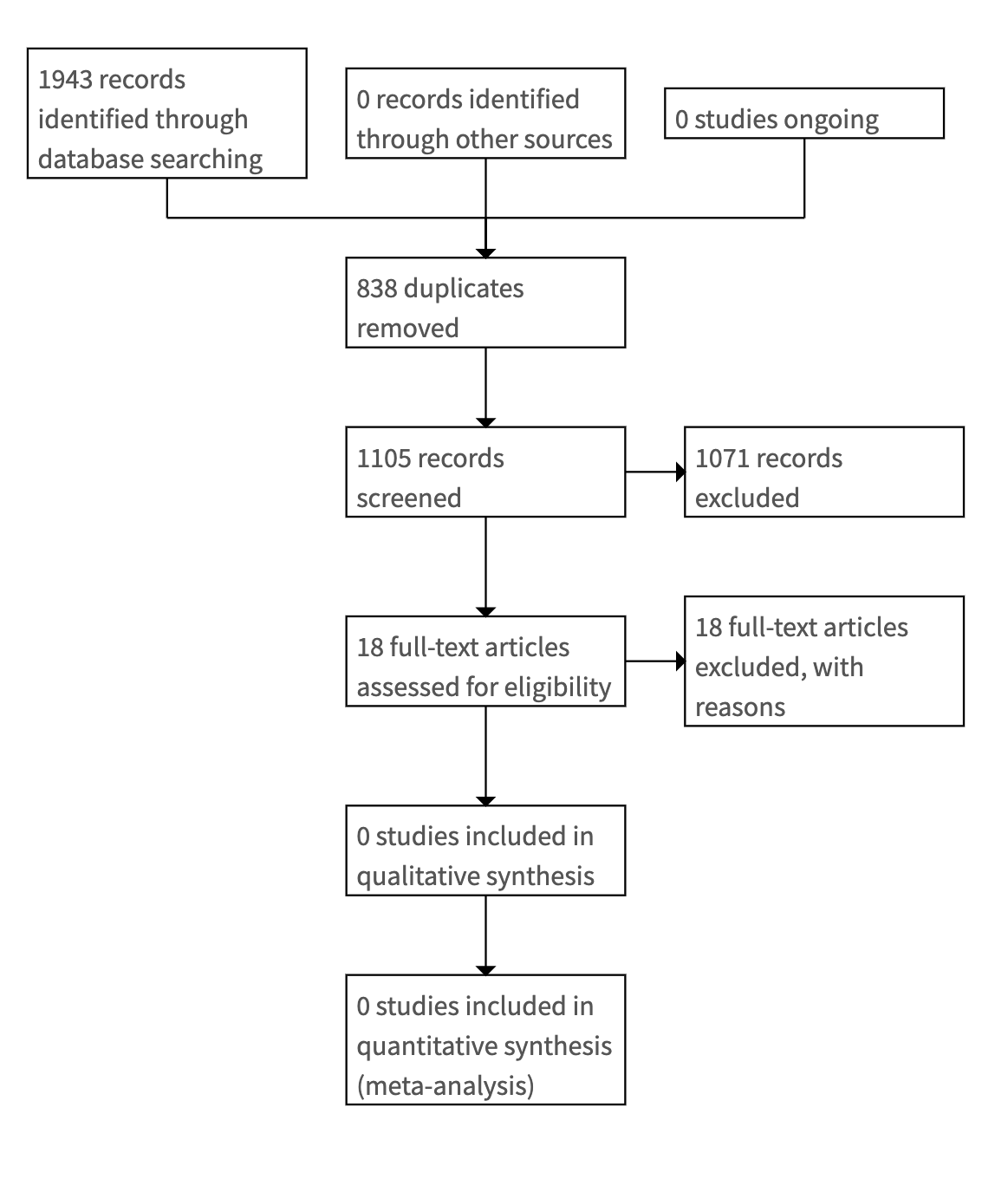Neonatal-Perinatal Health Care Delivery: Practices and Procedures
Neonatal-Perinatal Health Care Delivery 2: Practices: Monitoring, Devices, Respiratory Care
744 - Infant isolation and cohorting for preventing healthcare-associated infections in neonatal units: a systematic review
Publication Number: 744.245

Morcos Hanna, DO (he/him/his)
Neonatology Fellow
Texas Children's Hospital
Houston, Texas, United States
Presenting Author(s)
Background:
Neonatal healthcare-associated infections (HAIs) result in increased morbidity and mortality as well as increased healthcare costs. Patient isolation measures, i.e. single room isolation or cohorting of patients with similar infections, is a universally used practice for preventing the horizontal spread of infections in the neonatal intensive care unit (NICU).
Objective:
To determine the effectiveness and safety of infant isolation measures as an adjunct to routine infection control measures for preventing colonization or transmission of HAIs in the NICU.
Design/Methods:
A systematic review of the literature addressing the role of infant isolation and/or cohorting was performed in November, 2022. Relevant trials were searched using the Cochrane Neonatal search strategy. Inclusion criteria included infants in newborn units that implement patient isolation and/or cohorting to prevent HAIs. Two authors reviewed abstracts independently and collectively reviewed for agreement of inclusion. Methodological details and outcomes were compared to assess methodological quality.
Results:
We did not identify any randomized control trials (RCTs) assessing the utility or safety of infant isolation measures as adjuncts to routine infection control measures (figure 1). Relevant research studies including a systematic review of the literature comparing open-bay units versus single-family rooms (SFR) reported conflicting evidence on infection prevention (table 1). One study showed a reduction in catheter-associated bloodstream infections (CLABSI) from 10.1 to 3.3 per 1000 device-days over a 9-month period after babies were moved from an open-bay environment to a SFR. Survey-based studies also reported improved staff perceptions of hand hygiene in SFRs due to the installation of sinks or hand-cleaner dispensers in each room. Other studies, however, found that SFRs are not associated with a significant reduction in HAIs or CLABSI rates and raised concerns over patient safety in SFRs as well as increased maternal stress.
Conclusion(s):
The benefits of decreasing horizontal transmission of infections need to be balanced with risks associated with isolation as well as healthcare costs. Well-designed randomized trials of infant isolation measures are warranted. Current isolation measures recommended in national guidelines should continue to be applied until further research establishes otherwise.
.png)
